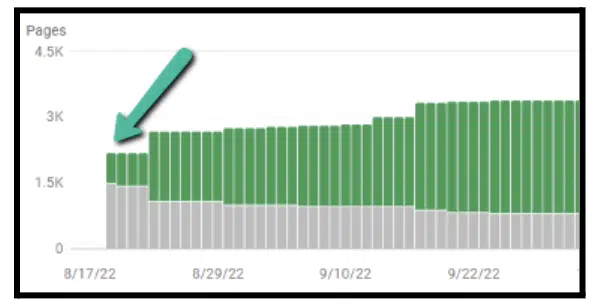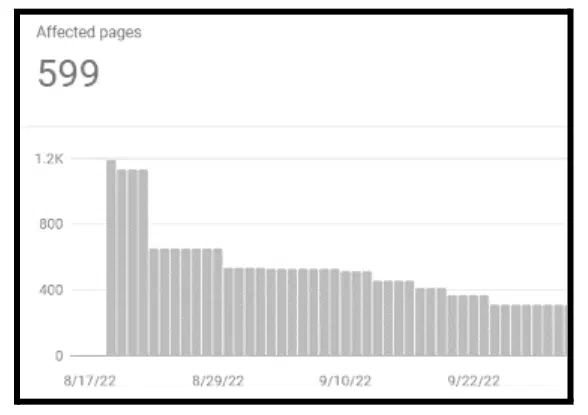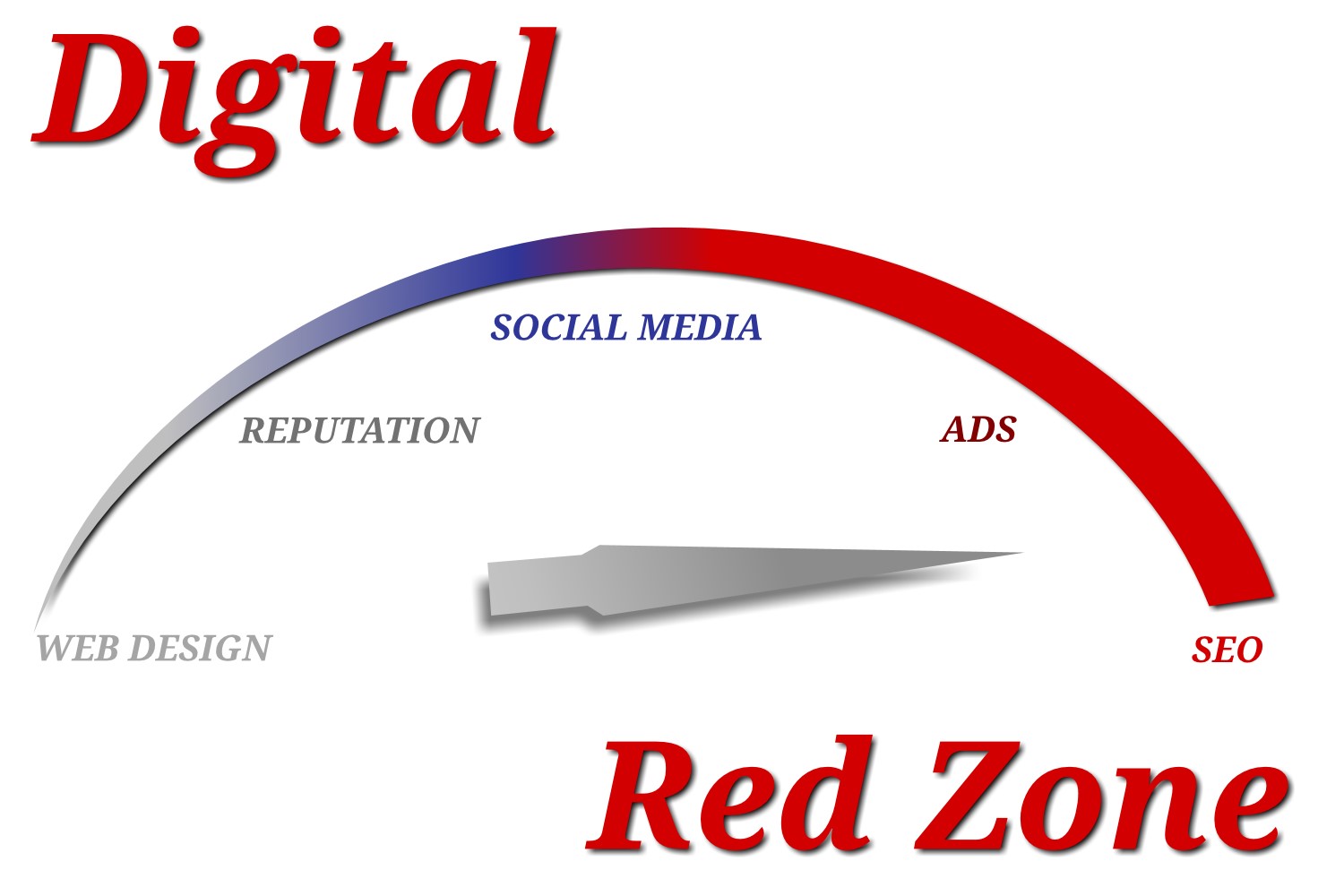Your missing link to 1M+ sessions
It is time to rethink your SEO growth.
Not all strategies need to begin with a blog post that repeats the same information over the top Google results, and end with an agency asking for links.
Companies need to stand out in SEO, especially as Google Ads become more expensive and organic discovery becomes less effective.
We need to push the boundaries and create something new online.
With creativity, thought, and CSV magic programmatic SEO can achieve this. This is possible, even though it sounds impossible.
In this guide, I will walk you through exactly how to get started with programmatic SEO.
What is programmatic SEO?

Programmatic SEO is the strategy of publishing unique, high-quality pages at scale using a template and a database.
Programmatic SEO is about creating content that has the same depth and quality as traditional articles but which can be repeated thousands (or even millions) of times. Programmatic sites can have as few as 200 pages or as many as 4 million. It is important to ensure that each page serves a specific purpose in the search process.
This is an oversimplified version of programmatic SEO.
But this is not all that you need to do. You have just created thousands upon thousands of pieces spam.
Programmatically building content is a powerful tool that can exponentially grow a site or completely spam it. We must think bigger, or better yet, “deeper” about SEO to be a real player in the field.
A newly published programmatic site since June 2022.

Programmatic SEO unlocks traffic in the nooks and crannies of the internet. Programmatic SEO unlocks traffic in all nooks and crannies of the internet. Now we can target entire categories and win all available searches in one template.
With programmatic SEO, businesses can:
Win keywords at scale.
- Produce in-depth content quickly.
- Gain low engineering lift.
- Get “quicker” results – I use this delicately. Quickly, meaning results and challenges escalate quickly.
- The drawbacks to programmatic SEO
As with any strategy, programmatic SEO also has its disadvantages, such as the following:
Indexing is difficult.
- High risk – poor execution can hurt site growth.
- Limited by data resources.
- Remember, if you’re trying to use programmatic SEO to trick Google or create People Also Ask (PAA) scraper sites, you’ll lose.
Great programmatic content enhances content production through data depth and production efficiency.
What follows is a four-step guide to implementing a programmatic SEO structure.
Step 1: Keyword research for programmatic SEO
Instead of picking out a handful of keywords and paying for expensive bespoke content hubs, programmatic SEO aims to target entire directories of keywords under the same entity.
Here are the steps in identifying your keywords.
Define your goals and intent
This will start similarly to a traditional SEO keyword analysis. Identify the topic or category that will provide business value. It’s not easy to stop.
Driving traffic to present a cool graph for your boss or client is nothing if traffic isn’t moving the business forward.
Business value can be as clear as full conversions via transactional keywords, or as subtle as a session hit that introduces your brand and may trigger a return visit later in the research process.
Here are resources to help complete a thorough opportunity analysis:
Identify main topics
Start broadly. After identifying the goal and target intent, it’s time to identify the category where you want to rank.
Think about this as one level below a main head term. This is the “niche” for your website, which is driven by your product.
For instance, “trucks” would be a major head term, but it’s also a broad topic. It’s not intuitive and doesn’t have strong intent to be a business-driving keyword. So we decided to go one step further.
“Ford F-150” will be a more targeted search but still reach our target.
Note that this is a specific brand search; however, that’s perfectly OK. We’ll not try to outrank Ford, but enhance the search experience for the Ford F-150 audience.
Identify modifiers and related terms
Ford F-150 is not our keyword, it is the vessel by which we will morph into a traffic machine.
We accomplish this by identifying the questions that surround the main topic. This is the starting point for traditional content assets and programmatic construction.
If the main topic of your product cannot be modified by repeatable searches, it may not be suitable for programmatic SEO. But if you find common questions surrounding a product, you can win traffic at scale.
Timely
- : Questions that are impactful in a specific timeframe. Examples include 2022 F150 stock prices as of November 18, 2022, inflation rates last years, and scores for sporting events from the week before.
- Comparable
- : Questions that create value by comparing to others. Examples include F-150 vs Chevy Sparkle, 2008 housing costs, book reviews vs book types, political affiliations by state, hobbies, and interests according to the zodiac signs.
- Hyper-specific
- : Questions that are only valuable within certain parameters and not the broader audience. Also called the hyper-long-tail. Examples: F-150 for sale in Marietta, Georgia, 1997 crime rates in Philadelphia PA, David Eckstein’s World Series batting average in 2006, answering public questions (i.e., Reddit and UGC).
- For our F-150 example:
F-150 vs Chevy Silverado
- F-150 under $50k
- F-150 in Marietta, Georgia
- If you were using a traditional SEO system, you’d see three pages, potentially 100 if you’re doing the math in your head for states and other car comparisons and weeks to scale handwriting all of these pages.
But if you want to use a programmatic approach, there are at least three templates and possibly thousands of pages that we can publish as soon as the template is complete.
Look out for signs that the keyword could be modified. In the example, we have three modifiers – “vs,” “under,” and “in.”
A quick way to find the keyword gold within your topic is to go back into your keyword aggregator and type in the
(i.e., “F-150 vs” / “F-150 under” / “F-150 in”).[topic + modifier]This gives you a better look at the opportunity size of each directory.
Take it one step further: identify other topics that can be modified by the same keywords.
In our example, F-150 could be replaced for Chevy Silverado or Ram 1500. Additionally, targeting “Trucks”, with additional modifiers, might be possible for strong sites.
| Our keyword research should look like this: | Entity | Modifiers |
| Parameters | F-150 | under |
| 10-100 by ten | Chevy | in |
| Zip code | Ram | vs |
All
The additional “parameters” column will define the level of detail you need. This can be extended to as far as you need depending on the product. You’ll get more pages the more entities and modifiers you find.
Target long tail search
The sweetspot is a repeatable, long-tail keyword.
- In the example above, we very obviously made an ecommerce website, which is a great visual, but programmatic SEO as a growth strategy is most effective in targeting long-tail searches for informational intent keywords.Example
- : Weather in Philadelphia, PA todaypSEO approach
: Weather in {location} {date}
You might think this is impossible to drive meaningful traffic, but again, think deeper. A relatively unknown website with a good backlink profile can win an estimated 3,000,000 sessions per month by targeting specific ZIP codes or low-search volume areas.
*Estimated with traditional keyword research tools.
There’s no denying that Google is absorbing more of their own traffic. Google is absorbing more of their own traffic. Keywords with multiple intents or hyper-specific keywords will usually be pulled directly into the SERP without the need for a click.
As both a business owner or growth strategist, it is important to define the value of each keyword group.
Is it helpful to show within a featured shortcode for brand introduction, even though it does not result in clicks?
If the answer is yes, then go for it.
If yes, go after it.
The weather example might not be an option for casual environmental bloggers.
But, if your product’s a weather app then programmatically winning thousands (or even millions) of keywords that are highly relevant to your target audience could dramatically increase app downloads.
Get the daily newsletter search marketers rely on.
Step 2. Building the content template
A programmatic templates is the most important part of the build.
This is the place where science and art of SEO meet. By stacking data points, you can create one cohesive piece of content that meets the user’s programmatic intent.
The main difference between traditional and programmatic SEO is that you are building templates, not final webpages.
This means that all your custom updates should be made at scale, and yes, via engineering tickets.
A page template should accomplish three goals:
Goal 1: Create value where the traditional content pipeline cannot
Sometimes, content is better when we stop trying to fit it into a blog post.
A programmatic approach is great for comparing pain points.
G2 does this seamlessly by comparing prices, reviews, and related products directly on a category page, bringing additional value to the page that handwritten content cannot.
Goal 2: Go a mile deep into the query, but set boundaries
Consider your audience and Google search results (SERPs) when building your template.
Start by setting limits. When your content is geo-based, you need to ask yourself what the end result will be.
Does your offering change? By county By zip code?
Building thousands of pages from the same content is called gateway pages. These pages are easy to remove by Google and very unhelpful for the visitor.
The purpose of a template, or template, is to go deep into a topic and produce scale. It’s not the other way around.
Goal 3: Give access to information previously unavailable
Programmatic content can give access to data that was previously unobtainable because your template is built for a human, powered by a database. It can be used as a storytelling medium.
| Electoral data is so precise that it can be visualized down to the county level. This is new data? | No, it is not. However, by visualizing a huge, complex database into a digestible medium, we have added new value to the conversation. |
| High-quality templates | Low-quality templates |
| Answers multiple questions | Answers 1 obvious question |
| Unique data points | Scrapes other websites |
| More page value than traditional pipeline | Provides little value but can scale quickly |
Each page is uniquely valuable
Gateway pages created to trick Google
A great template will check most, if not all boxes.
Please be aware that low-quality templates will not check all boxes and Google will remove them from its index.
Step 3. Connect to a database
Your data source can include any information used to create content.
It could be as simple as exporting CSV from a government source, or as complex as an updated proprietary data warehouse.
The important thing is to build a database that meets your template’s goals.
Don’t be afraid of the word database. To find the right data, you don’t have to be a data scientist. publicly available dataIt’s crucial to be in touch with your audience and have some Excel skills. You can always outsource Excel and Python skills if you don’t have the Excel or Python skills.
Niche Site Metrics creator, Ian Nuttall, created a repository of all available
- .
- . But it doesn’t need to be open-source data.
- Listen and communicate with your customers.
- Create a repository for reviews.
Ask for support tickets by topic.
Keep track of industry prices by time and geography.
Create your database around the transformation of your brand or product into a unique resource. Step 4: Publish and get index
Indexing is the first step to driving traffic using programmatic SEO. Everything happens at scale.

Don’t panic if your indexing is below 30%. Programmatic pages will be similar in nature, kicking most pages into Discovered – currently not indexed or Crawled – currently not indexed

.
If you publish more content at once, more pages start in the abyss of discovered or crawled but not indexed.
Don’t panic.
Don’t panic.
If yes, move forward with these three steps
Build a better internal link structure
Internal links for programmatic SEO are 10x more important than traditional editorial pages.
You will be building hundreds, thousands or even millions pages from one directory. You will need context to connect each page.
Create links silos from Directory > Leaf pages. Google and the visitor will not consider hardcoding 20 links to every page. This renders it useless.
Follow traditional SEO and spend time on contextual linking. Work with your engineer to determine the logic for each page.
You’ll end up with thousands of pages that aren’t linked properly and worsen your website’s dead ends. These pages will be viewed as non-influential and may not be crawled.
Create a robust sitemap structure
Programmatic SEO sitemaps are as important as robust internal linking. A robots.txt sitemap can contain up to 50k URLs. Sitemap indexes and sitemaps will be required for larger sites.
Structure your robots.txt as you would your site structure. Each directory should have its own sitemap. This allows Google to index sitemaps more efficiently by categorizing them by subject, rather than their publishing date.
Once it’s set, make sure you force crawl each individual sitemap (yes, even if you have hundreds of sitemaps) two times or until Google has returned to the page multiple times.
Create HTML sitemaps
These are not your HTML sitemaps from 2009. You can identify each directory page and use it to guide you in linking to every “milestone”.
A site with millions of leaf pages won’t allow you to link to every individual page, but you can target Category >Subcategory links.
- This allows your directory to act as a link hub and creates an easy flow between Homepage > Category > Subcategory, which enhances your internal link structure.
- To recap, below is a repeatable process for implementing a programmatic SEO structure.
- Identify a repeatable search opportunity.
- Build a diverse content template.
- Build and connect a robust database.
- Implement internal links into templates.
- Create robots.txt sitemap structure.
Publish.
Opinions expressed in this article are those of the guest author and not necessarily Search Engine Land. This page lists staff authors.
Source link Optimize and repeat.01001010 He has supervised growth teams and managed SEO departments at VC-backed tech companies as well as Private Equity firms around the world. 01001010
